These villagers will heat their homes with 42 boreholes dug 106 metres under their road
In a "world first", sections of a village will be heated by ground source heat pumps linked to shared "community" boreholes — and one grandmother says she's "privileged" to be taking part
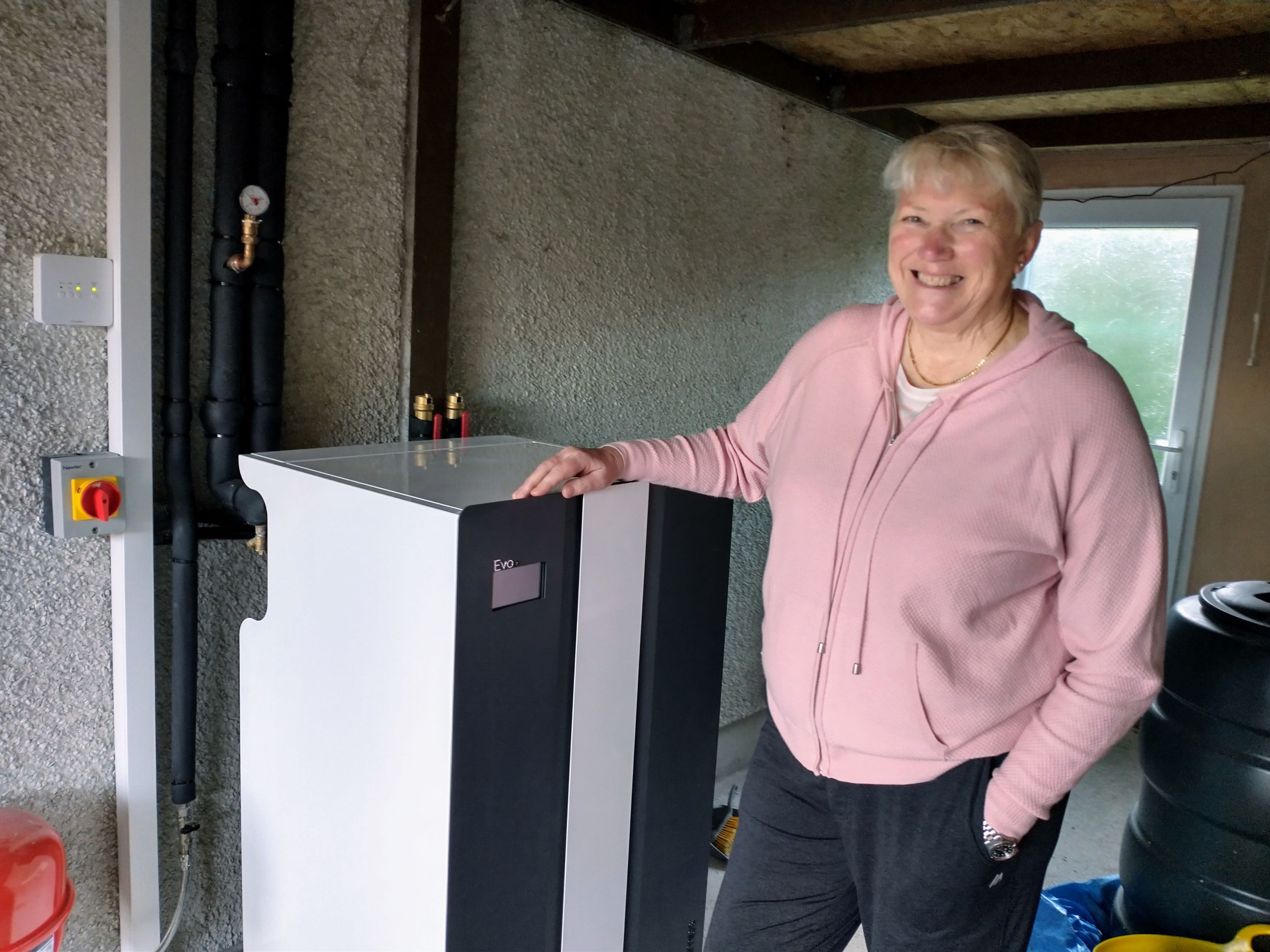
A ground-breaking project that allows families use of shared "community" boreholes dug under the road is now heating its first home in a village in Cornwall.
The project, in the village of Stithians, is believed to be the first of its kind in the world, and involved the installation of 42 boreholes dug 106 meters underneath the road. Each house along this road were then given the chance to have ground source heat pumps installed in their home to draw heat from these shared boreholes.
The "exciting" community heating system follows another project by Kensa in the same village that saw other homes having a borehole dug in their gardens to generate heat from the ground. These homes are already switched on.
This project is expected to provide several benefits, including reduced energy costs and increased energy efficiency for the connected homes.
What is the community heat pump scheme?
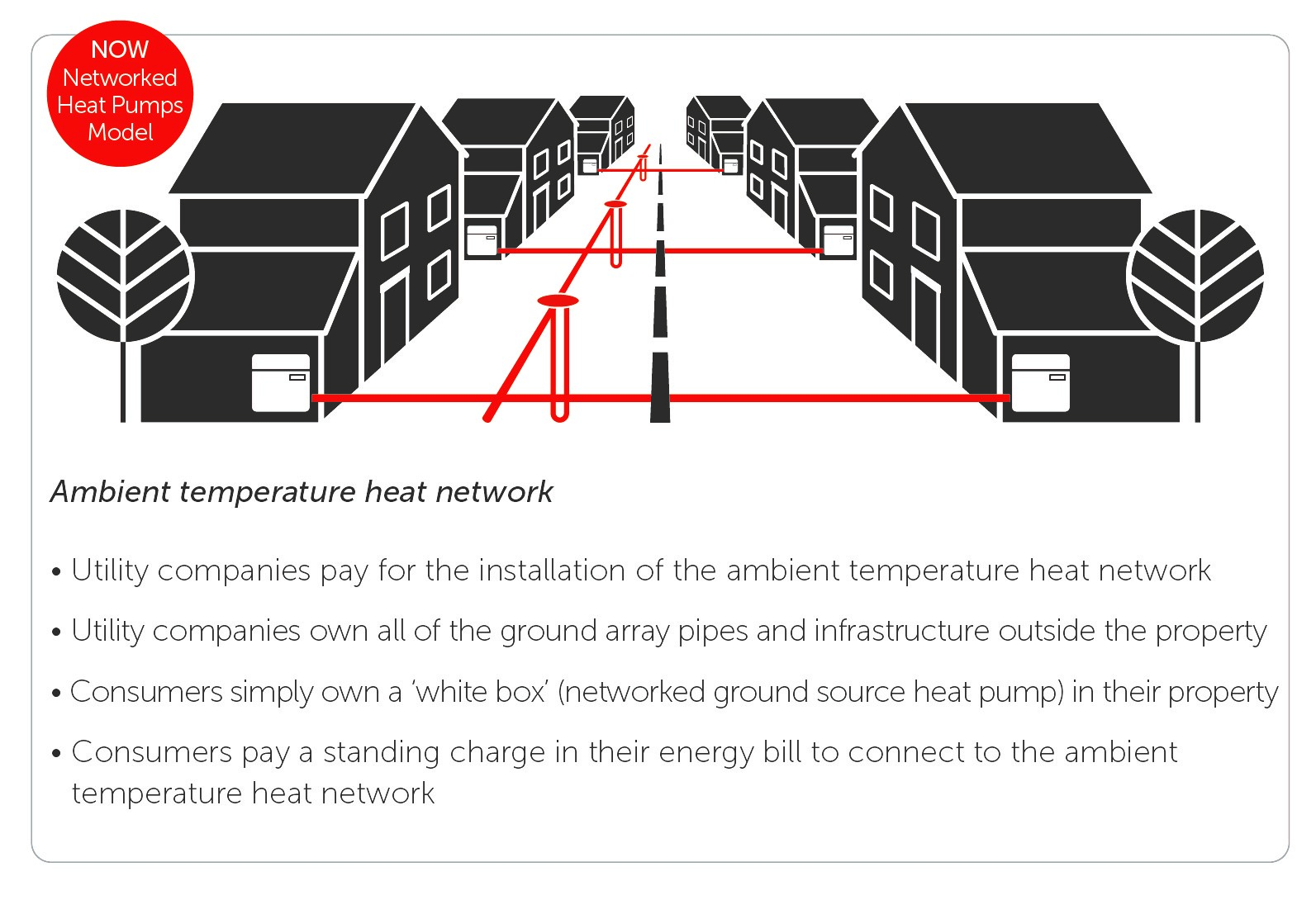
The community heat pump project is a heating system that utilises heat from the ground — in this case through the 42 boreholes dug underneath the road — to provide heat and hot water to a group of buildings and homes in a local community.
A ground-source heat pump installed in each home then extracts heat from the shared heat source and distributes it through a network of pipes to provide heating and hot water to the connected buildings. The underground infrastructure is privately owned externally and the residents only have to pay a standing charge to access the infrastructure.
Installing a ground source heat pump was carried out by ground source heat pump manufacturer Kensa. The heat pumps generate 3 to 4kWh of energy for every 1kWh of electric needed to run them. This electric is provided by the residents chosen energy company unless the households have their own electricity source, such as solar panels.
Get the Homebuilding & Renovating Newsletter
Bring your dream home to life with expert advice, how to guides and design inspiration. Sign up for our newsletter and get two free tickets to a Homebuilding & Renovating Show near you.
The community heat pump scheme has several advantages over individual heating systems, such as improved energy efficiency, reduced carbon emissions, and lower maintenance costs.
It also promotes cooperation and collaboration among members of the community, as they work together towards a shared goal of reducing their energy consumption and environmental impact.
Grandmother is first to be switched onto the 'grid'
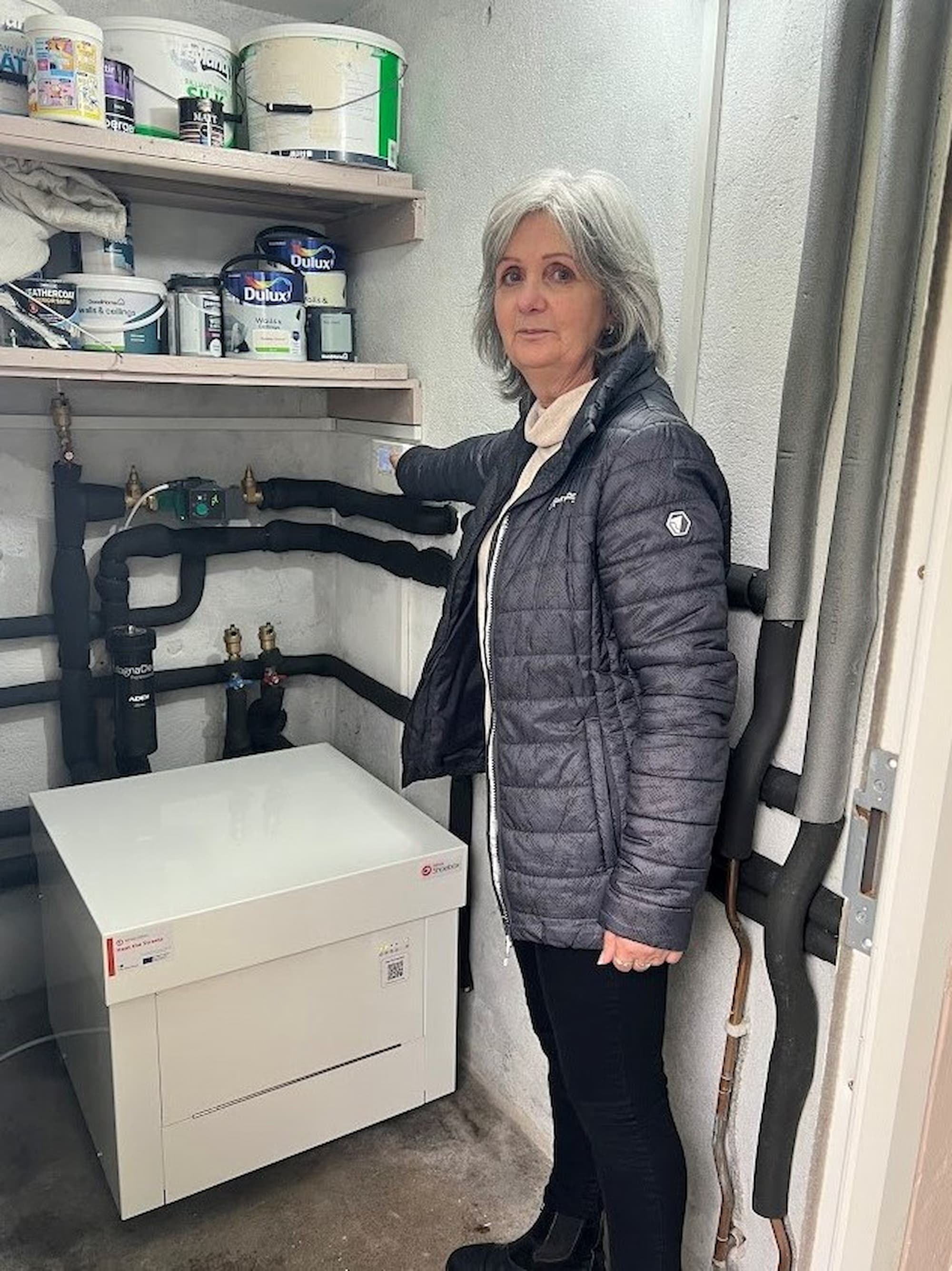
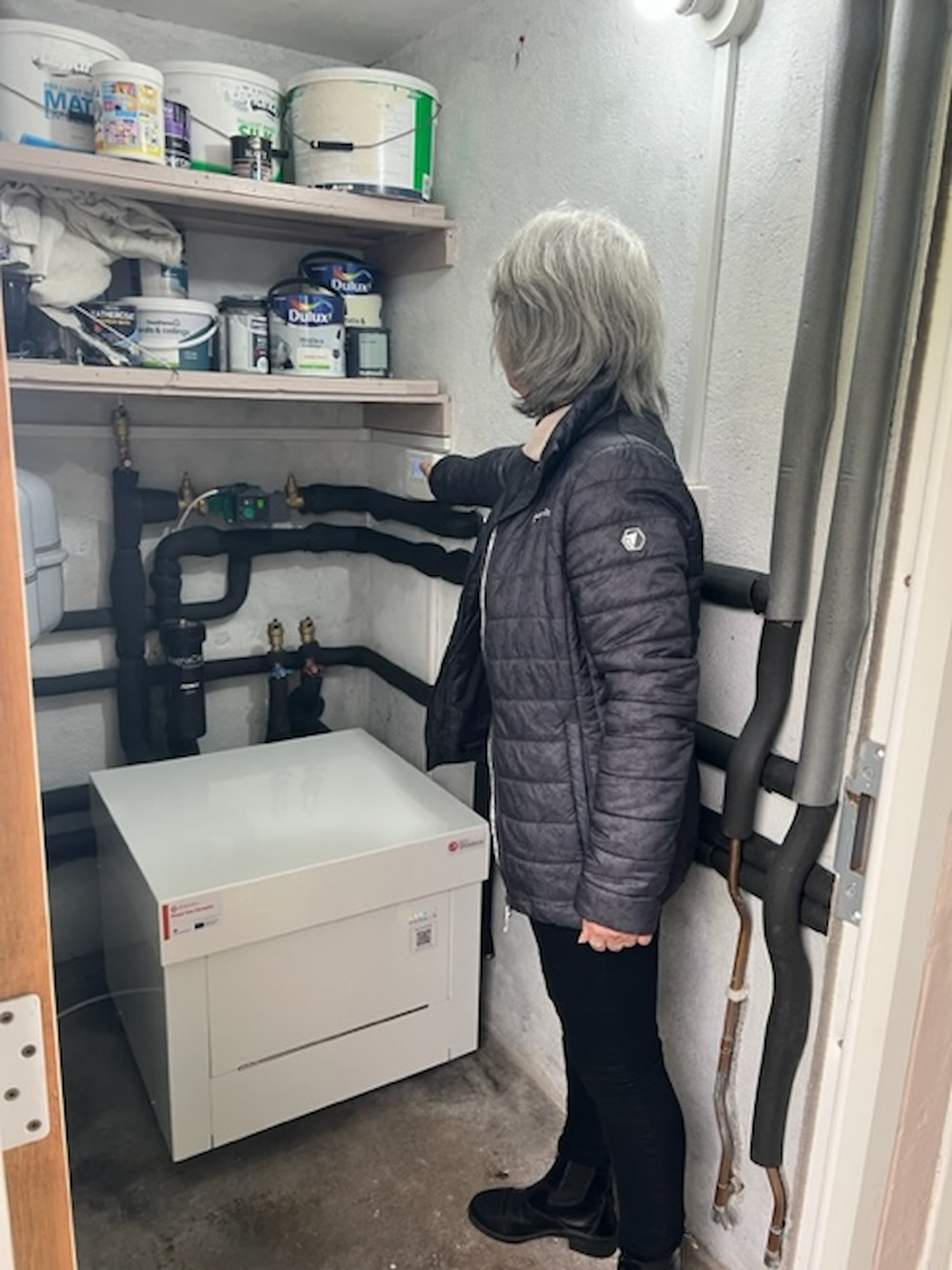
Grandmother Caroline Bolitho was the first person to have her "Kensa Shoebox" ground source heat pump switched on in the village last week on 23rd March. She said she felt excited and privileged to take part.
“As a grandma I feel that i’m doing my bit for future generations and reducing my carbon footprint by having a ground source heat pump system which is important," she explained. "I have been using oil heating before this and i feel really privileged and excited to have the system up and running."
Another resident (pictured at the top of this article) Jackie Barson said: “I am happy with it. It’s smart and efficient. It’ll take a few weeks to fully get to grips with the operation, but I have no regrets. I do know there are other residents who are disappointed they’re not part of the project.”
The rest of the houses connected to the shared community boreholes dug under the road are expected to be switched on before the end of June this year.
Claims ground source heat pumps generate more heat than air source heat pumps
While not connected to the shared community borehole "grid", another family in Stithians that was part of Kensa's wider project (which we wrote about at the time in our piece 'Heat the Streets') has spoken out about their experience.
And Vicki Spooner and her husband and two sons even go as far as saying that they are now getting more heat than they had with their air source heat pump.
The Spooner family originally invested in an air source heat pump to replace their old boiler, which emitted noxious fumes (you can read about heat pump vs gas boiler in our piece on the debate) but later joined the Kensa Heat the Street Scheme when it was offered to them to switch to a ground source heat pump.
Vicki said the ground source heat pump performed greater than the air source heat pump. “There’s much more heat… When we come in after a dog walk, we can dry coats on the radiators, or if the boys have dunked their boots in the sea we can dry them too,” she said.
The reason for the increased efficiency is that, Air source heat pumps extract heat energy from the air to heat buildings, but their efficiency varies with the seasons and time of day. They can be less efficient in winter because the air is colder, which requires more electricity to operate. On the other hand, ground source heat pumps utilise the stable temperatures of the ground, which are around 10-12°C throughout the year, making them more efficient for heating and hot water systems. Ground source heat pumps are more efficient because they do not have to work as hard to upgrade the source's energy into usable heat for space heating and hot water, which eliminates unexpected spikes in electricity use.
This makes ground source heat pumps more suitable all year round for families for reliable heat output.
How the shared heating system was built
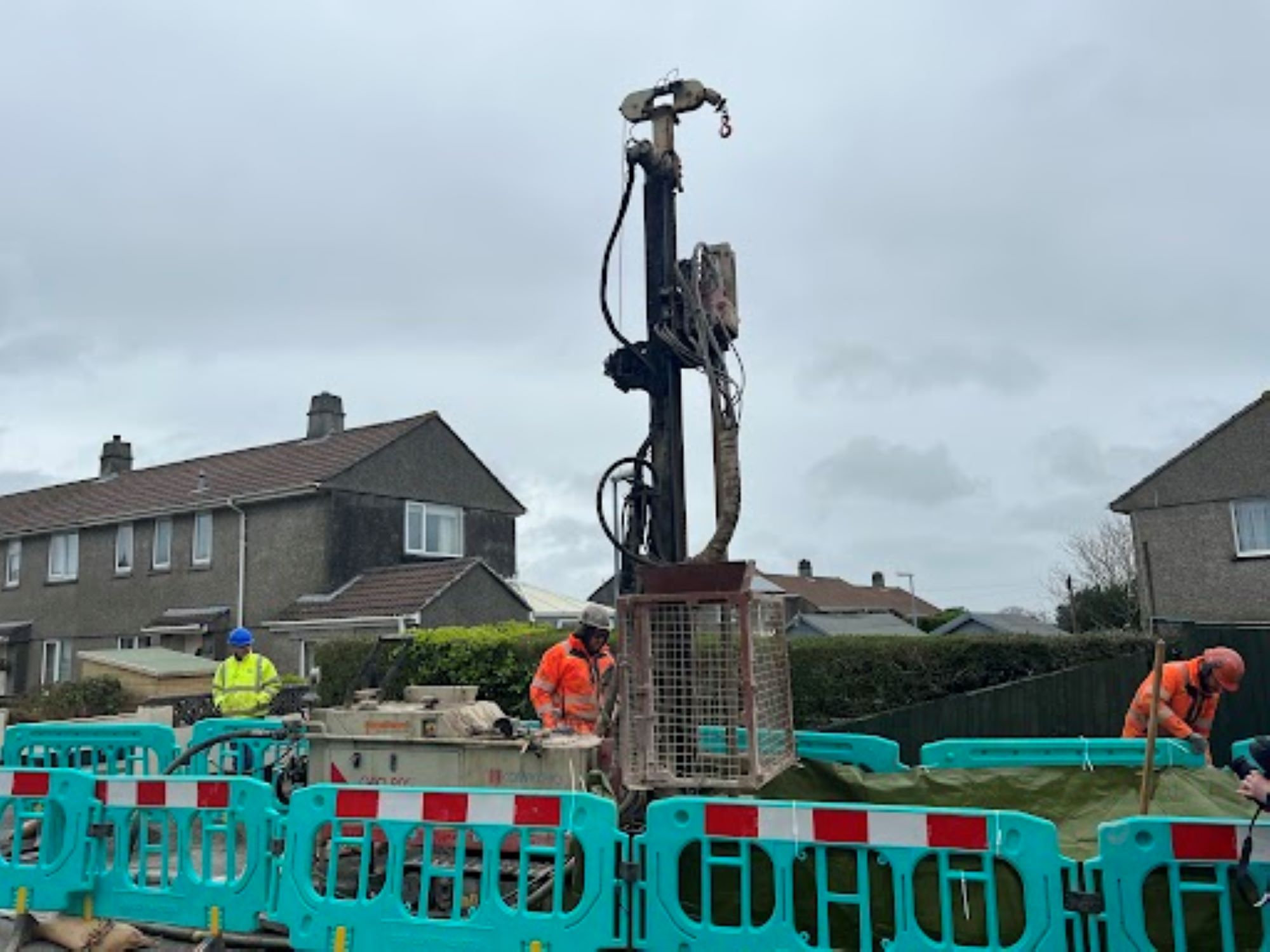
The project involved drilling 42 106-metre-deep boreholes that connect to a network of horizontal pipes below street level to distribute heat.
Kensa, a heat-pump manufacturer based in Cornwall, is leading the way with this innovative solution, which can generate heat of up to 55C for radiators. The European Regional Development fund (ERDF) is providing around £3.6mn in grant funding for the Heat the Streets project in Stithians and other locations across Cornwall.
The heat pump is also expected to reduce emissions by 90% compared with an oil boiler and will be cheaper to run than a gas boiler.
Critics, however, argue that drilling boreholes in large cities' streets will be too costly for those who do not receive grants, as the expense of digging boreholes alone could reach £50k, making it a more expensive option than air source pumps. However, with the new Kensa offering, residents would only need to pay for the heat pump and a connection charge rather than for the infrastructure making it suitable for cities and terraced homes.
Could this be rolled out across other villages?

Overall, housebuilders, such as Persimmon, are optimistic about the under-street heating grid concept idea and see it as scalable to developments with 100 or 1,000 units.
The Stithians scheme has been in high demand since its launch, with 270 residents expressing interest in joining the village's network.
However, only 60 individuals have been able to benefit from the free trial scheme, which would typically require payment of a £3,500 fee for the heat pump and additional installation costs.
If rolled out over a larger audience, Kensa, the company behind the project, predicts an average monthly bill of £130 for residents, compared to £141 for those using an oil boiler.
The widespread adoption of this technology could help the UK reach its net zero emissions targets, while also reducing energy bills for individuals.

News Editor Joseph has previously written for Today’s Media and Chambers & Partners, focusing on news for conveyancers and industry professionals. Joseph has just started his own self build project, building his own home on his family’s farm with planning permission for a timber frame, three-bedroom house in a one-acre field. The foundation work has already begun and he hopes to have the home built in the next year. Prior to this he renovated his family's home as well as doing several DIY projects, including installing a shower, building sheds, and livestock fences and shelters for the farm’s animals. Outside of homebuilding, Joseph loves rugby and has written for Rugby World, the world’s largest rugby magazine.
